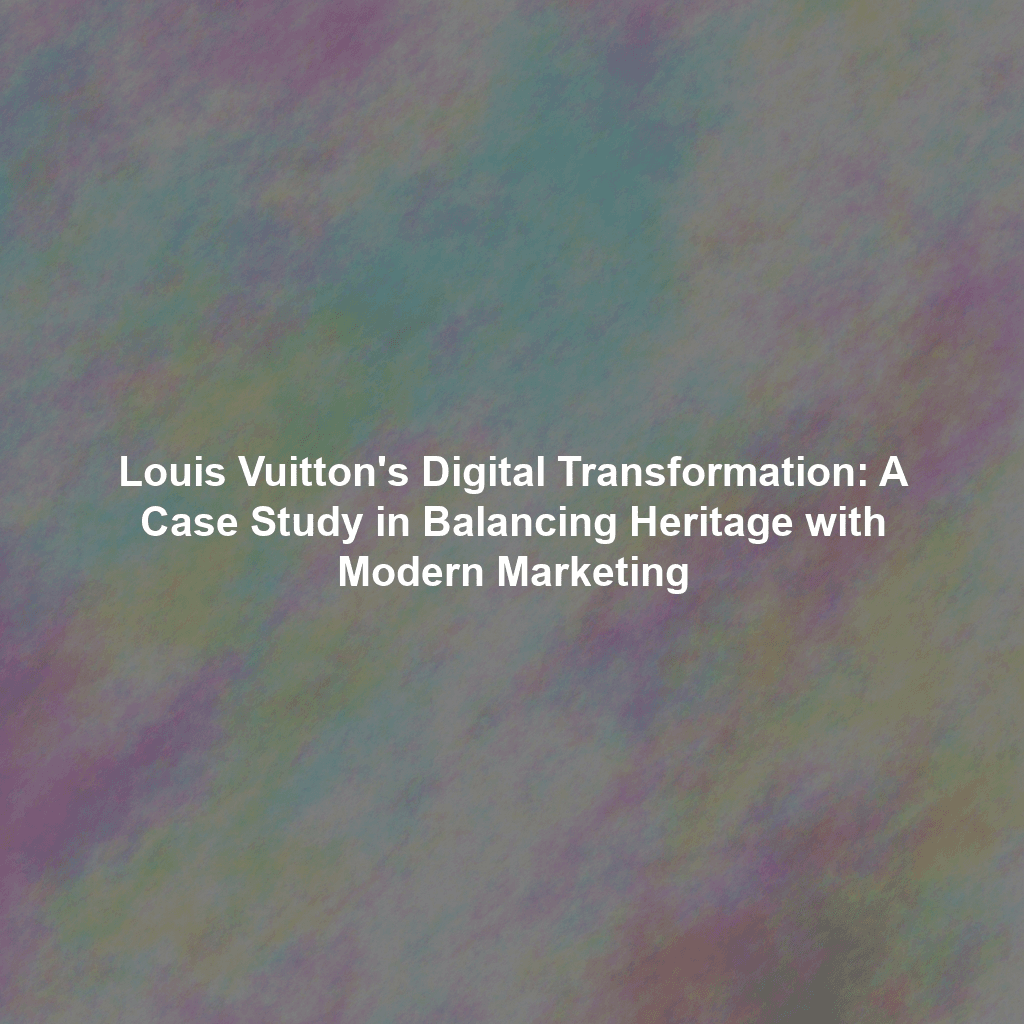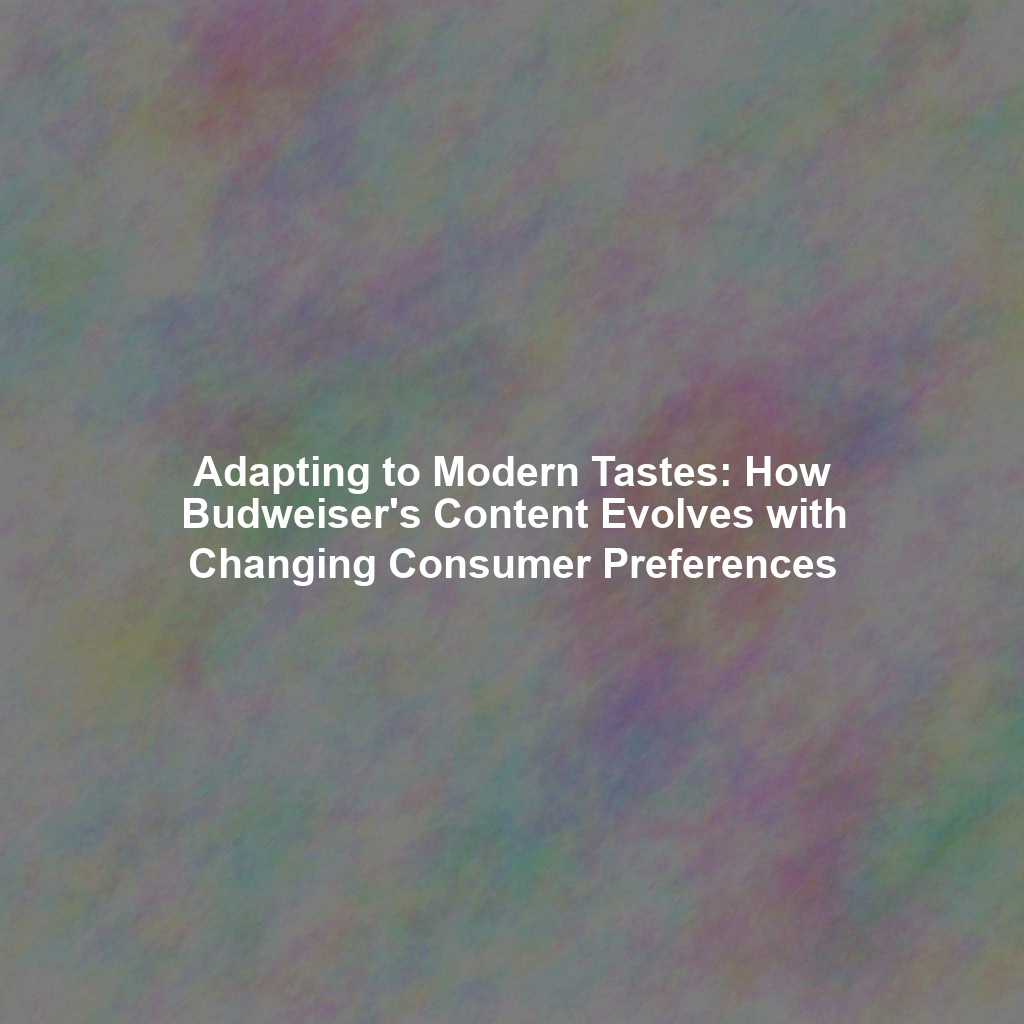Louis Vuitton, a name synonymous with luxury and timeless elegance, has successfully navigated the challenging waters of digital transformation. Maintaining its prestigious image while embracing the opportunities of online marketing requires a delicate balance. This article delves into the strategies Louis Vuitton employs to connect with a wider audience in the digital realm, exploring how the brand leverages social media, e-commerce, and online advertising without sacrificing its core values of exclusivity and unparalleled quality. The journey of Louis Vuitton’s digital adaptation is a masterclass in preserving heritage while embracing innovation, offering valuable lessons for luxury brands worldwide.
Embracing Digital Platforms: A Strategic Approach
Louis Vuitton’s approach to digital marketing is characterized by a carefully curated strategy that reflects its brand identity. Unlike some brands that jump into every new trend, LV adopts a more measured and thoughtful approach, ensuring that every digital interaction aligns with its image of sophistication and exclusivity.
Social Media Presence: Cultivating Desire and Engagement
Louis Vuitton understands the power of social media in shaping brand perception and driving engagement. However, its presence on platforms like Instagram, Facebook, and Twitter is far from ordinary. Expect to see:
- High-Quality Visuals: Stunning photography and videography showcase the craftsmanship and artistry of Louis Vuitton products. Think editorial-worthy images that could easily grace the pages of Vogue.
- Storytelling: Rather than simply showcasing products, Louis Vuitton uses social media to tell stories. This might involve campaigns that highlight the history of the brand, the inspiration behind a new collection, or the journey of a product from conception to completion.
- Influencer Marketing (with a Twist): While Louis Vuitton collaborates with influencers, it selects individuals who embody the brand’s values – sophisticated, stylish, and often with a connection to the arts or culture. These collaborations feel authentic and avoid the pitfalls of overtly commercial promotions.
- Interactive Content: Quizzes, polls, and behind-the-scenes glimpses offer opportunities for audiences to interact with the brand in a meaningful way.
E-commerce: Balancing Accessibility with Exclusivity
Louis Vuitton’s e-commerce platform is more than just an online store; it’s an extension of the luxury retail experience. The website is designed to be visually appealing, easy to navigate, and informative, providing customers with a seamless shopping journey. Key features include:
- Immersive Product Pages: Detailed product descriptions, high-resolution images, and 360-degree views allow customers to examine products closely.
- Personalized Recommendations: AI-powered recommendations suggest products based on browsing history and purchase patterns.
- Exclusive Online Offerings: Limited-edition items and online-only collections create a sense of exclusivity and encourage repeat visits.
- Exceptional Customer Service: Live chat support and personalized assistance ensure that customers receive the same level of service online as they would in a physical store.
Online Advertising: Reaching the Right Audience
Louis Vuitton’s online advertising strategies are targeted and sophisticated. Rather than relying on mass-market advertising, the brand focuses on reaching affluent consumers who are likely to appreciate its products and values. This involves:
- Targeted Advertising: Using data analytics to identify potential customers based on demographics, interests, and online behavior.
- Premium Placements: Advertising on high-end websites and platforms that align with the Louis Vuitton brand.
- Retargeting: Reaching customers who have previously shown interest in Louis Vuitton products or services.
- Brand Storytelling through Ads: Creating visually stunning and emotionally engaging ad campaigns that tell the Louis Vuitton story.
Maintaining Exclusivity in the Digital Age
The challenge for any luxury brand in the digital age is maintaining its exclusivity while expanding its reach. Louis Vuitton addresses this challenge through several strategies:
- Controlled Distribution: Louis Vuitton carefully controls the distribution of its products online, limiting availability to its official website and select authorized retailers.
- Limited Editions and Collaborations: Creating limited-edition items and collaborating with artists and designers generates buzz and exclusivity.
- Personalization and Customization: Offering personalized products and customization options allows customers to create unique items that reflect their individual style.
- VIP Experiences: Providing exclusive experiences for VIP customers, such as private viewings, personalized shopping appointments, and access to limited-edition products.
Adapting to Evolving Consumer Behaviors
Louis Vuitton recognizes that consumer behaviors are constantly evolving, and the brand is committed to adapting to these changes. This involves:
- Mobile-First Approach: Optimizing its website and digital experiences for mobile devices, recognizing that a growing number of consumers are accessing the internet on their smartphones and tablets.
- Embracing New Technologies: Experimenting with new technologies such as augmented reality (AR) and virtual reality (VR) to enhance the customer experience.
- Data-Driven Decision Making: Using data analytics to understand customer preferences and behaviors, and to inform its marketing strategies.
- Focus on Sustainability: Increasingly, luxury consumers are concerned about sustainability and ethical sourcing. Louis Vuitton is responding to this trend by investing in sustainable materials and production processes.
Conclusion
Louis Vuitton’s digital transformation is a testament to the brand’s ability to blend heritage with innovation. By carefully curating its online presence, maintaining exclusivity, and adapting to evolving consumer behaviors, Louis Vuitton has successfully navigated the challenges of the digital age while preserving its prestigious image. The brand’s strategic use of social media, e-commerce, and online advertising serves as a valuable case study for other luxury brands seeking to thrive in the digital landscape. Louis Vuitton’s success is not just about selling luxury goods; it’s about crafting a luxury experience that resonates with consumers both online and offline, ensuring its continued relevance and desirability for generations to come.
 Skip to content
Skip to content

